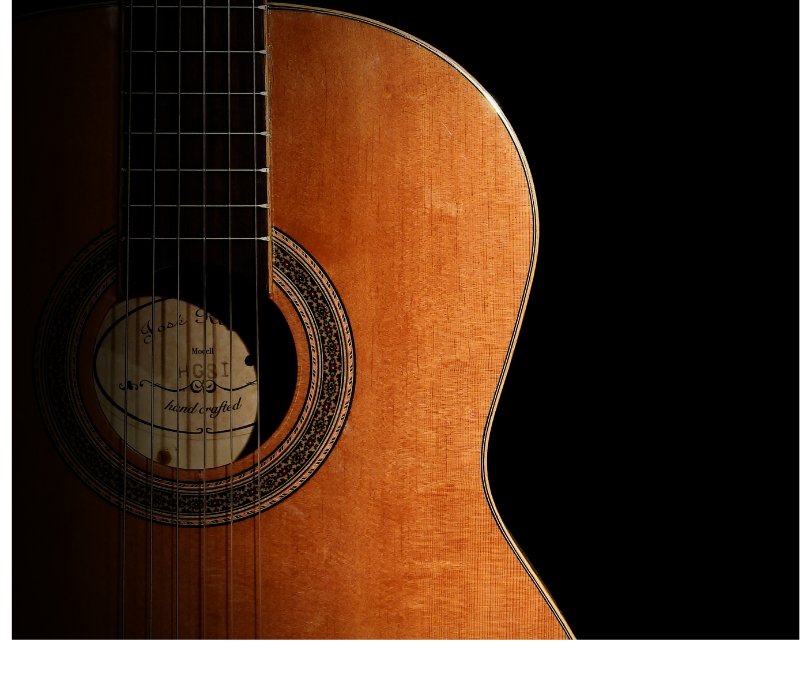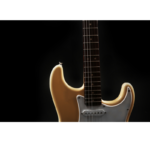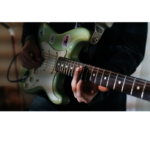If you’re still guessing at notes while you play, you’re not playing the guitar—you’re playing hide and seek.
Learning the guitar fretboard notes isn’t just a rite of passage—it’s the key to unlocking confident solos, creative songwriting, and fluent fretboard navigation. Most guitarists avoid it. Why? Because it seems like too much work.
But here’s the truth: it doesn’t have to be complicated. With the right strategies, you can learn every note on your fretboard in weeks, not years.
Let me show you how to do it—without the guesswork.
🎁 Get 27 Free Guitar Charts to Jumpstart Your Journey
Before we dig in, grab our Free Guitar Charts to help you visualize chords, scales, and fretboard positions in every key. These will become your new best friend as you master the guitar fretboard.

❌ Stop Guessing. Start Shredding.
If you’re still fumbling through scale patterns and box shapes… it’s costing you progress.
FretDeck™ is the no-fluff system that shows you exactly how to master the fretboard—fast. Early access.
⚡️ This isn’t for dabblers. It’s for players who want results.
👉 Click here to join the pre-launch now
Early access. Limited rewards. Don’t wait.
Why Guitar Fretboard Notes Matter More Than You Think
🎸 Improvising in Any Key becomes second nature.
🎼 Writing Melodies and Riffs starts to feel intuitive.
🧠 Visualizing Scales and Chords means no more robotic patterns—you’ll start hearing what you play.
🎶 Soloing Over Changes becomes a language you can finally speak fluently.
Strategy #1: 🎯 Target the Natural Notes on Low E and A Strings
Start with the low-hanging fruit—the low E and A strings.
Low E Notes (Open to 12th Fret):
E – F – G – A – B – C – D – Ee|---0---1---3---5---7---8---10---12
A String Notes:
A – B – C – D – E – F – G – Ae|---0---2---3---5---7---8---10---12
FretDeck™ Tip: Say each note aloud. Connect your voice to your fingers.
Practice naming these as you play—slowly. This grounds your understanding and sets the stage for everything else.
Strategy #2: 🔄 Use the CAGED System Like a Pro
Most people think the CAGED system is just about chords. But it’s your roadmap to the entire fretboard.
Play C Major Across All CAGED Shapes:
- C Shape → A string, 3rd fret
- A Shape → E string, 3rd fret
- G Shape → E string, 8th fret
- E Shape → A string, 8th fret
- D Shape → E string, 10th fret
Exercise:
Pick one chord. Move through all five shapes. Say the root note aloud in each. This connects chord shapes to note positions. You’ll never look at the neck the same way again.
🔗 Want to dive deeper? Read our blog on the CAGED Guitar System
Strategy #3: 🧩 Master the Fretboard One Scale at a Time
The pentatonic scale is your best entry point. Simple, musical, and powerful.
A Minor Pentatonic – Position 1:
e|---5---8---
B|---5---8---
G|---5---7---
D|---5---7---
A|---5---7---
E|---5---8---
Exercise:
Learn all 5 pentatonic patterns and connect them. Use slides to move from one to the next. This builds muscle memory—and ear training.
🎸 Pro Move: Want to learn all 60 pentatonic scales in every key? Grab the FretDeck™ Pentatonic System to master these shapes effortlessly.
Strategy #4: 🪞 See the Fretboard Through Octaves
Want to locate a note in multiple places fast? Use octave shapes.
Common Octave Shapes:
- E string → D string (ex: G: 3rd fret E → 5th fret D)
- A string → G string (ex: C: 3rd fret A → 5th fret G)
Exercise:
Pick a note (like G). Find it everywhere using octave shapes. Write it out. Say it. Play it. Visual repetition + muscle memory = mastery.
Strategy #5: 🔄 Pair Up Your Strings
Break it down even more. Focus on just two strings at a time.
Suggested Pairs:
- E + A
- D + G
- B + high E
Exercise:
Practice naming every note along each string pair. Once you’re solid, move on. This segmentation turns overwhelm into small wins.
Strategy #6: 🧠 Train Your Brain Without Your Guitar
This is the secret weapon of every great musician: mental rehearsal.
How?
- Visualize the neck in your head.
- Pick a note like “C.”
- Ask: Where is C on every string?
No guitar? No problem. Use flashcards or imagine the FretDeck™ layout in your mind.
🧠💡This mental approach builds inner fretboard fluency, so when you do pick up your guitar, you’re already ahead.
🎸 Bonus Strategy: Join the Guitar Freaks Hangout (Discord)
Learning alone? That ends today.
🔥 Join our Discord community → Guitar Freaks Hangout
You’ll get:
- Feedback on your playing
- Live practice prompts
- Support from fellow guitarists mastering the fretboard too
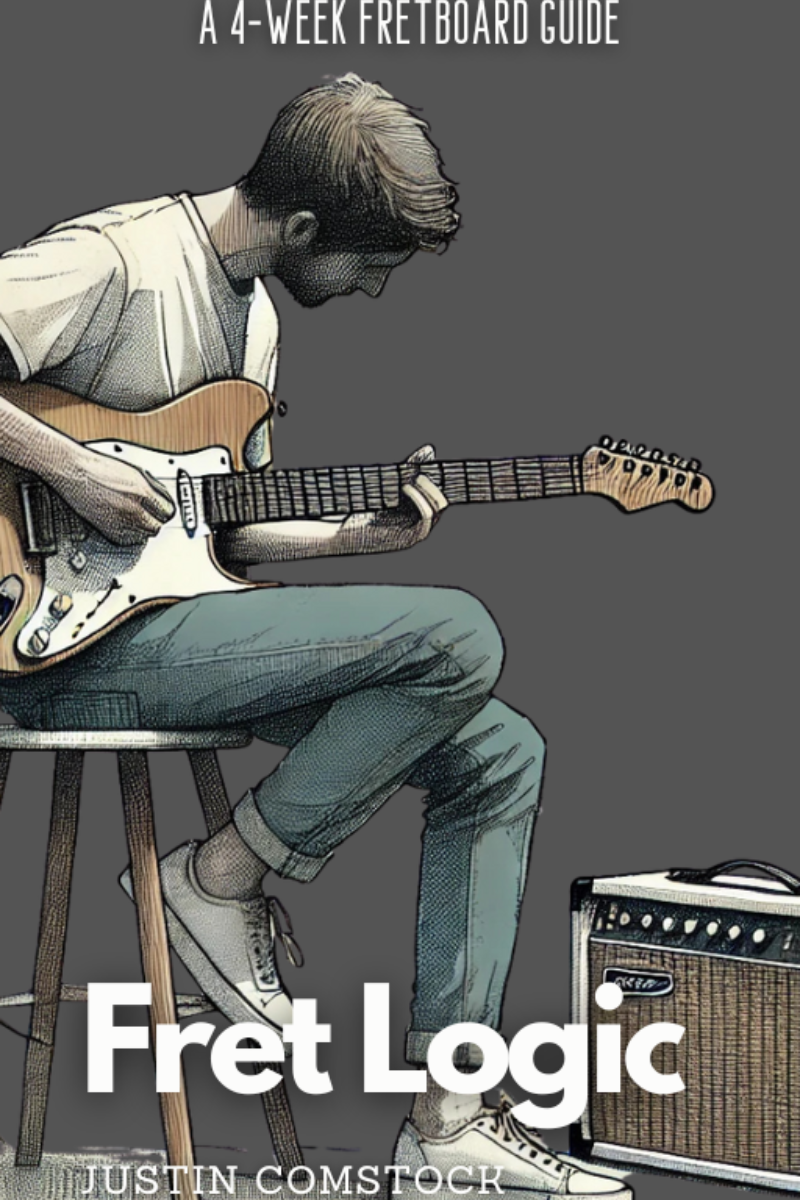
Join Guitar Freaks Hangout on Discord! 🎸
Get Fret Logic FREE!
Join the Guitar Freaks Hangout Discord and get exclusive access to my entire e-book, Fret Logic! Master the fretboard and elevate your solos with this comprehensive guide.
👉 Don’t miss out—join now and download your free copy!
🏁 Final Thoughts: You Can Master the Guitar Fretboard Notes
Here’s your recap:
✅ Memorize natural notes on E and A
✅ Learn chords through CAGED
✅ Practice scales in all positions
✅ Use octaves to spot duplicate notes
✅ Focus on string pairs
✅ Visualize your fretboard daily
Most players stop short of this work—and they stay stuck in scale boxes and guesswork forever.
But not you.
You’ve got the roadmap. You’ve got FretDeck. You’ve got the community.
Now it’s time to put it to use.
⚡️ Next Steps:
💬 Join the Guitar Freaks Hangout Discord
👉 Download your Free Guitar Charts
🎴 Grab the FretDeck Pentatonic Scales Deck
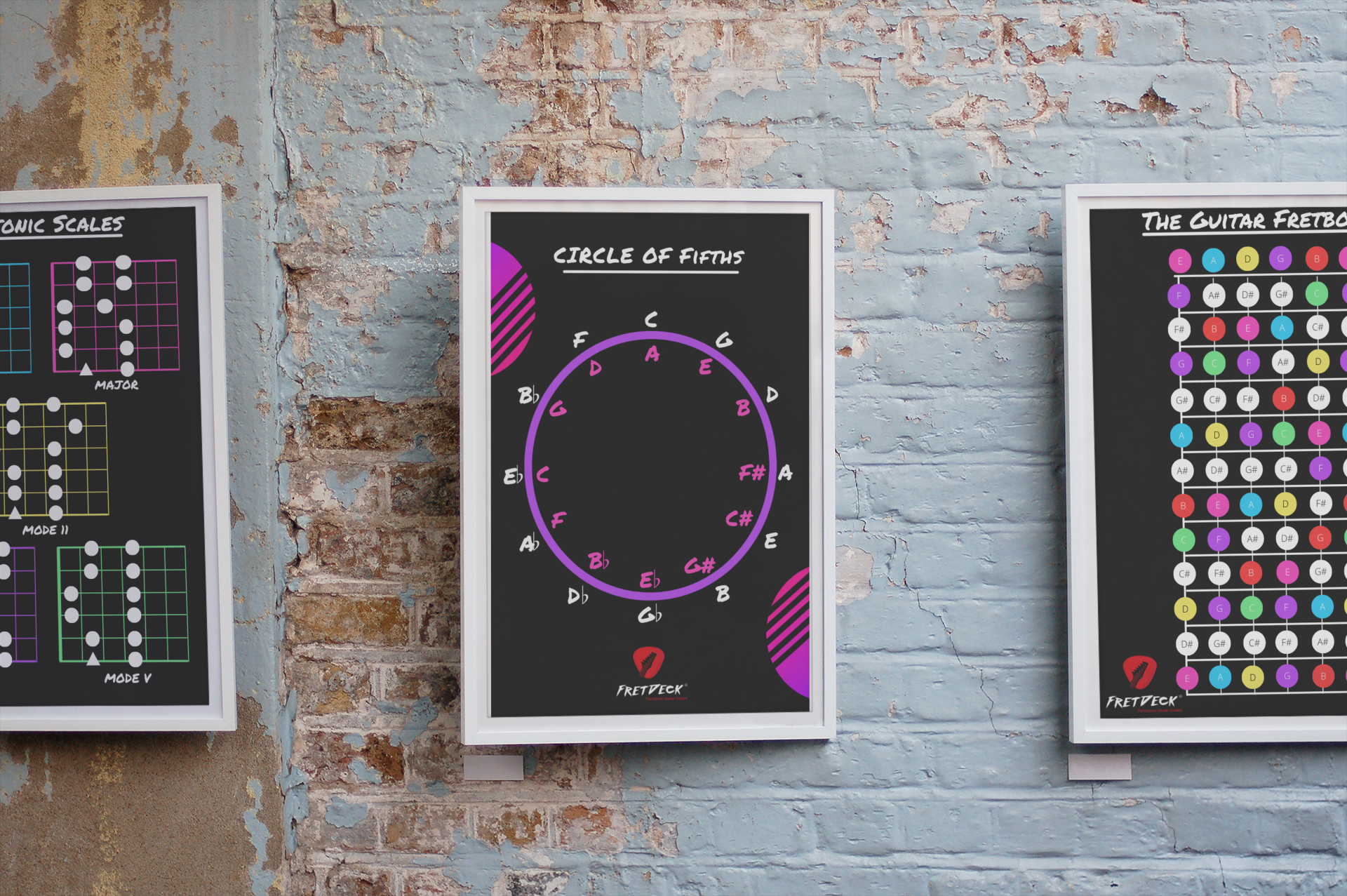
Download FREE Guitar Charts!
We have 27 FREE guitar charts to help you learn the guitar fretboard. Learn How to play chords and scales with these free resources.
Free Guitar Resources

